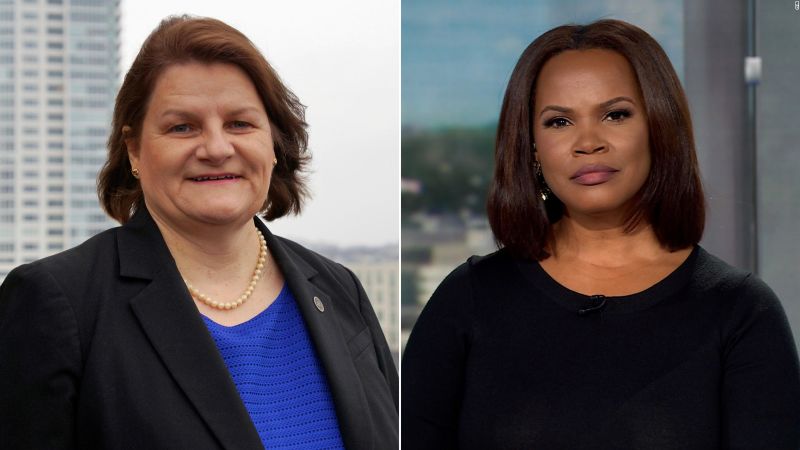On a recent Friday night, FBI Director Kash Patel took to social media platform X to share a controversial image of Milwaukee County Circuit Judge Hannah Dugan. The photo captures Dugan being escorted by three law enforcement agents during her arrest, purportedly for allegedly obstructing immigration agents. Importantly, her face is not visible in the image, emphasizing the procedural nature of the event rather than her identity. Patel’s caption accompanying the photo was a stark declaration: “No one is above the law,” suggesting a firm stance on accountability and law enforcement.
The situation surrounding Judge Dugan has invoked significant debate, particularly regarding the policies surrounding the disclosure of photographs of defendants. According to the Confidentiality and Media Contacts Policy as outlined on the Justice Department’s website, Department of Justice (DOJ) personnel are generally advised against voluntarily disclosing photographs of defendants unless it serves a law enforcement function or if the images are part of the public record in a given case. This policy, designed to protect individuals’ rights and ensure fair treatment in the judicial process, has been a topic of discussion among legal experts and former officials.
Eric Holder, the former Attorney General who was instrumental in instituting this policy during the Obama administration, has since criticized Patel’s actions. Holder’s efforts were focused on making it more challenging for the media to access defendant photographs, such as mug shots. In an interview with CNN, he expressed his disapproval, arguing that Patel’s social media post directly contravenes the existing DOJ policy. He emphasized the importance of adhering to established guidelines designed to prevent undue influence or intimidation against individuals in the judicial system.
Adding to the discourse, Holder remarked, “Whatever the issues with what the judge did, they’re trying to maximize intimidation.” His comment highlights a deeper concern regarding the ramifications of such public disclosures, particularly when they pertain to figures within the judicial system. There is apprehension that actions like Patel’s may undermine the integrity of judicial proceedings and the principle of presumption of innocence.
As the situation develops, it remains unclear whether current Attorney General Pam Bondi has enacted any changes to the DOJ’s conduct policies regarding defendants’ photographs. This ambiguity poses questions about the continuity of protocols that were established to protect individuals within the legal system and uphold foundational principles of justice.
Attorney Craig Mastantuono, representing Judge Dugan, elaborated on the context of her arrest in an interview. He emphasized that the circumstances of the arrest indicate a clear departure from established policy. According to Mastantuono, there was “no threat to public safety,” implying that Dugan should have been allowed the opportunity to present her side of the story before being subjected to public scrutiny and social media dissemination of her arrest.
Dugan herself faces serious allegations following her arrest by the FBI, specifically charges of obstruction and concealing an individual from arrest. She had an initial court appearance the same day she was arrested and was subsequently released from detention following the hearing. However, the legal ramifications of her actions, as well as the implications of the FBI’s approach to this case, remain under review.
To date, the FBI has not issued a statement responding to Director Patel’s social media activities, leaving many questions unanswered. The story continues to evolve, and as new information emerges, it raises significant questions about oversight, legal rights, and the responsibilities of those in positions of power within law enforcement and judicial entities. This ongoing situation exemplifies the delicate balance between enforcing the law and respecting civil liberties in the modern legal landscape.



